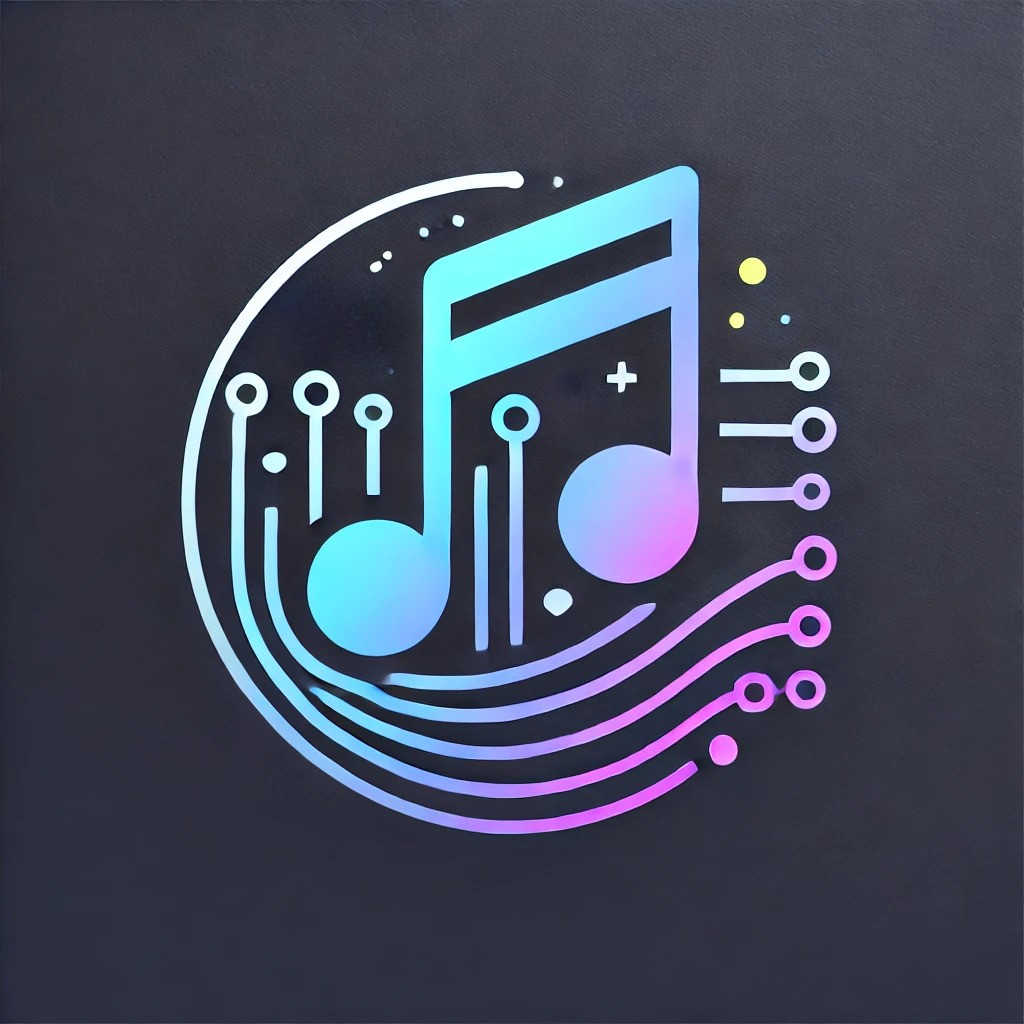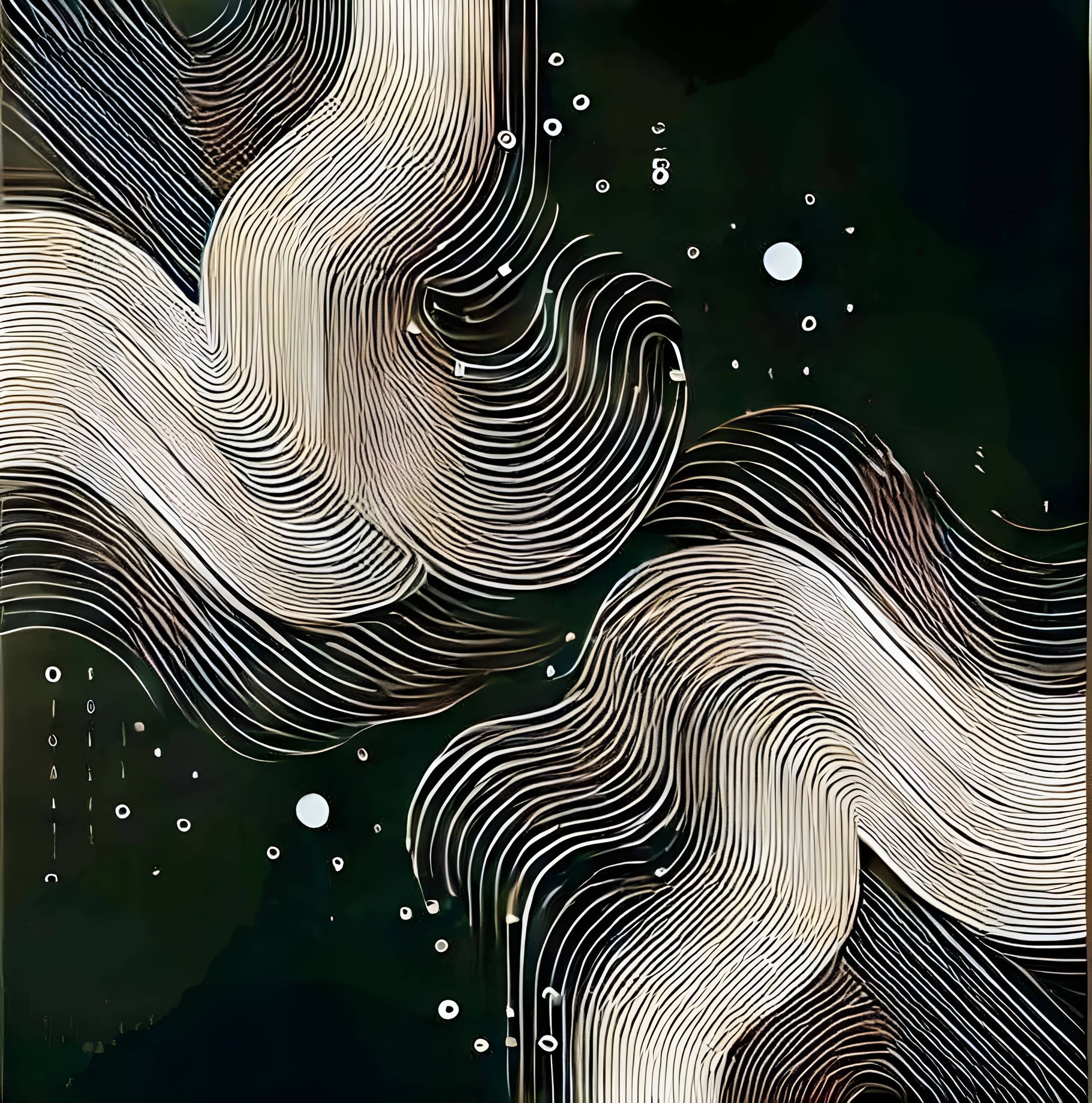AI Educational Music
Feb 06, 2025

In many ways, this is already happening (think of the ABC song), which has helped generations of children learn the alphabet. However, creating music takes time, effort, and skill, which makes it difficult to apply this approach to a wide range of concepts.
With the advent of AI-generated music, though, things are changing. This project explores the use of AI-driven songs as an educational tool. It combines my passion for music (mostly as a listener, though I play some drums), my interest in AI, and my dedication to education in an attempt to create something that benefits people.
Enjoy the music below! If you're interested in learning more about the project's purpose and potential impact, you can find my considerations further down.

AlgoRhythms
AlgoRhythms is an album about the foundations and challenges of artificial intelligence. Each song introduces a key concept: transformers, convolutional networks, reinforcement learning, alignment, AI ethics—through accessible music and lyrics. The goal is to make technical ideas understandable without simplifying their meaning.
How Can AI Music Be Used for Education?
I mentioned in the intro that this project can be used for educational purposes, but I’ve gotten some feedback asking: How exactly? So here I am, spending a few more words on it.
1. Education for Teachers
Originally, I thought this project could help create songs for memorization and primary education. Then I did some digging on Google Scholar and—surprise! There’s already research on music as a teaching tool[^music_literature]. Turns out, using songs in education can: improve recall (as we already guessed), reduce stress (making learning less intimidating), enhance multi-modality learning (especially if paired with videos or movement, maybe AI can help with that too).
So yeah, teachers can create AI-generated songs to help students learn specific subjects in a way that sticks.
2. Learning Through Emotional Response
Ever had a song stuck in your head? You listen to it again and again, absorbing more of its content. Then curiosity kicks in What’s this song really about? What inspired it?
When music hits an emotional chord, people naturally want to understand it better. And once they do, they make it their own. This happens to me all the time (I’ll find myself on Genius, digging into lyrics, learning new things just because I got hooked on a song). One of my goals with this project is to spark that curiosity, to create songs that make people want to explore, question, and learn.
3. Education Through Music Creation
I do AI. If you look around my website, you’ll see that 90% of what I do is AI-related. You’d think I’d be pretty familiar with its history, right? Turns out, not really. At least, not as much as I thought.
While writing “Speed of Thought”, a song about AI’s history, I ended up learning a ton just by crafting the lyrics. This isn’t a new idea, learning through creation has been around forever, but this experience opened my eyes to how powerful it is. It’s not just about memorization. It’s about engaging with a concept and expressing it creatively, which makes learning both useful and beautiful.
Why This Matters
At its core, this project isn’t just about making AI-generated songs. It’s about redefining how we learn.
Music has always been a deeply human way of sharing knowledge, whether through folk songs, chants, or even school rhymes. Now, with AI, we can expand this tradition, making learning more accessible, engaging, and fun for anyone, anywhere.
Imagine a world where science, history, and technology are taught through music, where students aren’t just memorizing but feeling connected to what they learn. Where teachers can create songs without needing to be musicians, and learners can craft their own songs to solidify what they know. This isn’t about replacing traditional education, it’s about enhancing it. And if AI can help more people enjoy learning, why not give it a shot?
Personal Consideration
I can already anticipate concerns. Some may argue that music is a deeply human art form, meant for emotional expression, and that AI-generated compositions strip away these qualities. I don’t disagree. I am not here to claim that this kind of music is art in the traditional sense. However, if we separate music from its artistic and expressive components and view it instead as a communication tool, then AI-generated music becomes an opportunity rather than a threat. In this context, AI isn’t replacing human creativity—it’s enhancing the way we share and reinforce knowledge.
Another valid concern is the issue of copyright and intellectual property. AI models, including Suno (the platform I’m using), have been trained on vast datasets that include copyrighted material. In fact, Suno has admitted to training on ‘essentially all music files of reasonable quality that are accessible on the open internet’. I do not approve of this unregulated use of copyrighted music, and I believe AI providers should fairly compensate musicians and intellectual property owners, either directly or through broader societal mechanisms. This is an ongoing legal and ethical debate—one that is now in the hands of legislators and courts.
